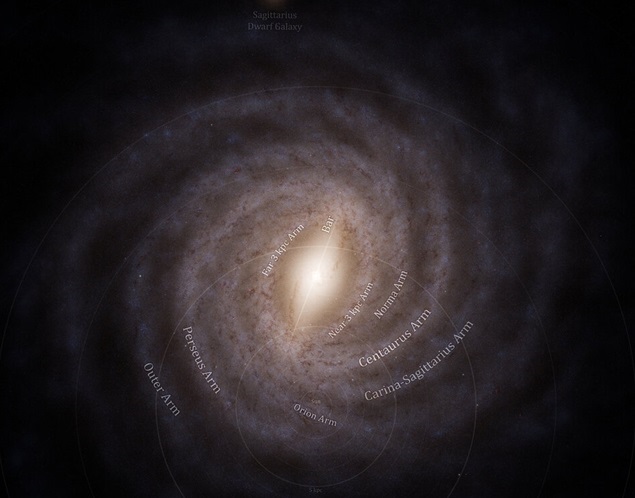
The European Space Agency (ESA) shut down its space observatory mission, Gaia on March 27, 2025.
About Gaia Mission
- Gaia was launched in December 2013 aiming to create the most precise, three-dimensional map of the galaxy.
- Gaia has been instrumental in charting the Milky Way galaxy, revealing its past and estimating its future.
- Originally named Global Astrometric Interferometer for Astrophysics (GAIA), the mission was renamed Gaia.
- Gaia was positioned in the Lagrange point 2 (L2), around 1.5 million kilometres ‘behind’ the Earth, when viewed from the Sun.
- Its data allowed scientists to recreate not just a 3-D map of the galaxy, but also how it will change over time.
- It has provided the largest, most precise multi-dimensional map of our galaxy ever created, revealing its structure and evolution in unprecedented detail.
- Scientists were able to understand the shape of our galaxy, which has a central bar and spiral arms.
- Viewed from its edge, the galaxy is seen as a disc with a bulge at the centre. However, Gaia shows that this disc is warped and wobbles – that is, it rocks left to right (very, very slowly). This is likely caused by collisions with a smaller satellite galaxy.
- While mapping the skies, Gaia has also uncovered a new kind of black hole – including one close to the Earth.
(Image source: ESA, News Source: IE)


